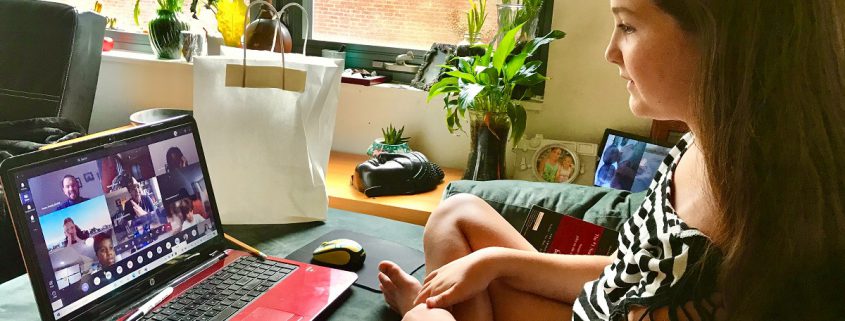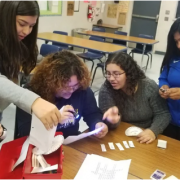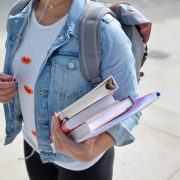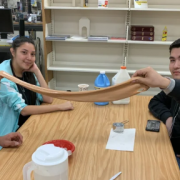Teachers from Coast to Coast Are Dealing with Bounceback Students
“Children are getting sick from COVID-19. Children are also having to go to the hospital at an increased rate due to rising rates of transmission of the Delta variant, especially in communities with low vaccination rates. CDC recommends all schools require universal masking and use additional prevention strategies regardless of how many students, educators, and staff are currently vaccinated. Masks are critical, but masks alone are not enough. Along with promoting vaccination for educators, staff, and students 12 years and older, schools must use several strategies at the same time to keep everyone as safe as possible. Examples of these strategies include improving ventilation and ensuring physical distancing. Federal resources are available to support these efforts.”
- Covid FAQs, Centers for Disease Control and Prevention
The return to live classroom teaching was supposed to be smooth and relatively trouble-free. But who among us really believed that could be true?
A number of teachers we have spoken with – maybe even a majority – are reporting that their classrooms have opened and then closed, at least temporarily, when students have developed Covid-19. Still, other teachers are reporting that they have rapidly had to develop plans to teach different populations of students . . .
- Those who have returned to the classroom for live instruction
- Those who have returned and then went back home because they or other students became ill
- Those who have no plans to return to the classroom and who will continue to learn at home
What Are Teachers, School, and School Systems to Do?
Unfortunately, we have not been able to find statistics about how many schools are using the following solutions. But anecdotally, here are some of the strategies that seem to be coming to the fore:
- Some schools are reviving the remote teaching capabilities they used during the pandemic proper. But some teachers have reported that a lack of readiness to do this is causing them additional stress and work.
- Other schools are applying a middle-range strategy by allowing students to take home classroom materials and use them at home, as though they were simply having sick days. This solution could work, but there is an underlying fear that those students, as well as others, will have to revert to at-home instruction. And neither the school nor the students are fully prepared to do so.
Furthermore, some teachers report that their schools and school systems are proactively addressing the problem of bounceback students, while other teachers report that their school systems are not preparing for what might lie ahead.
When a school system puts on blinders and hopes this problem will go away, the result is increased stress for teachers, parents, communities . . . and of course, for students.
If you are a teacher, what experiences are you having on this bumpy path to returning to normal? We invite you to weigh in by posting a comment below.
We Invite You to Explore Your Students’ College & Career Options with Us . . .
Students who participate in the National Career & College Pathway Study will gain new insights about making educational decisions that align with their interests, passions, and aptitudes. Participants will receive information on college and career opportunities that match their interests.

Related Posts
McKinsey Study Predicts a New World of Work
Turning Covid into Teachable Moments
Tips for Teachers on Avoiding Mask-Related Violent Episodes










Leave a Reply
Want to join the discussion?Feel free to contribute!